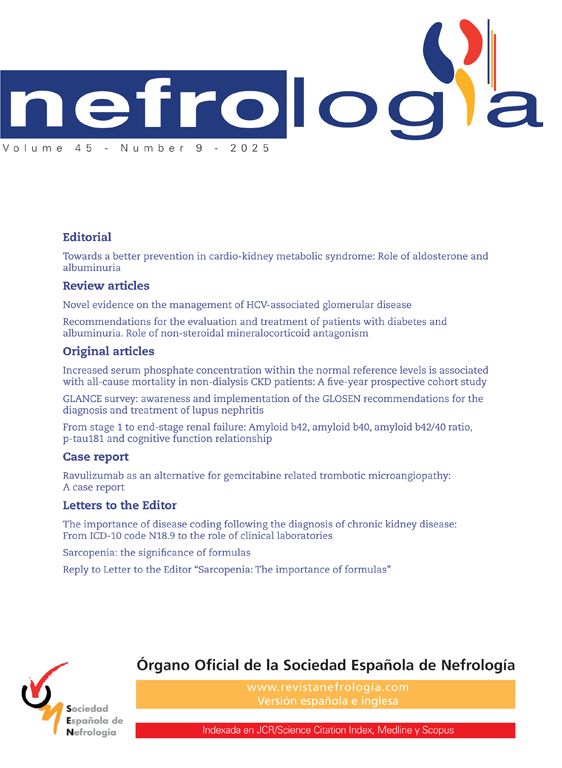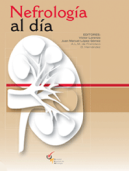We appreciate the interest expressed by the authors in our article "POCUS ultrasound: a tool for the detection and follow-up of sarcopenia in peritoneal dialysis",1 and their pertinent comments regarding the use of formulas to estimate appendicular skeletal muscle mass (ASM) by bioimpedance.
We share the concern about the limitations of bioimpedance under conditions of overhydration, particularly relevant in the dialysis population. In fact, investigators developed Lin's formula and validated it in hemodialysis (HD) patients, using multifrequency bioimpedance spectroscopy (BIS) (BCM®, Fresenius), the same method we used in our study, thereby facilitating methodological standardization.2 Lin's formula has shown a high correlation with ASM measured by DXA (r = 0.92; ICC = 0.88) in HD patients, which justifies its widespread use today. Rymarz's group validated this equation in patients with chronic kidney disease in Poland, demonstrating similarly good agreement in Caucasian patients.3 Although the original study examined an Asian population and excluded patients with overhydration (OH/ECW > 15%), it is likely that this decision was due to the known variability of up to 10% seen with DXA in overhydrated conditions.
Although overhydration is a common problem in peritoneal dialysis, our study design avoided extreme situations by excluding clinically unstable patients, such as those with recent admissions, infections, or active processes. The mean value of overhydration estimated in our cohort was 2.5 ± 2.0 L, with no difference found between groups with or without sarcopenia risk (p = 0.2), suggesting a limited impact on ASM estimation in our cohort.
Unfortunately, there is no specific guideline on which formula is best to use in our population. All the formulas available to date (Sergi, MacDonald, Janssen) present limitations in patients with volume overload. For this reason, we emphasize the need for new tools, such as ultrasound, that allows us to directly measure quadriceps muscle mass.4,5
The main objective of our study was to estimate the prevalence of risk for sarcopenia, defined according to the EWGSOP2 guidelines on the basis of muscle strength, without the need to quantify decreased muscle mass, and thus determine the predictive value of ultrasound to assess the risk of sarcopenia.
We are aware of the limitations of all the formulas and of bioimpedance itself for the estimation of ASM, whose gold standard is DXA, an accurate method, but of very limited use in clinical practice. Therefore, our group proposes a multidimensional assessment that includes, in addition to handgrip strength, muscle ultrasound and functional and nutritional scales (MIS, SPPB, FRAIL), in line with the recommendations of the EWGSOP2 group and the most recent guidelines in nephrology.
Once again, we are grateful for the valuable commentary, which reinforces the need to reach a consensus on specific and validated formulas for the renal population, and to promote multicenter studies that allow us to establish appropriate cut-off points for extrapolation to patients on peritoneal dialysis.





